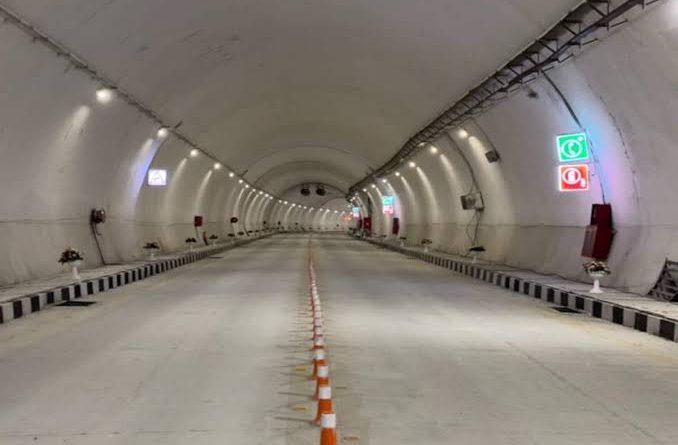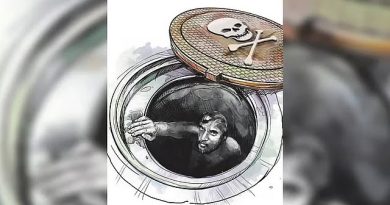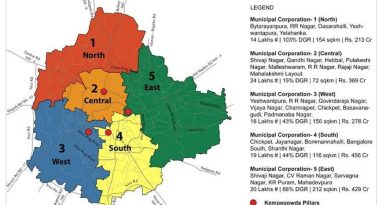Tunnel Plan May Worsen City Traffic With 16 Fresh Choke Points on Hebbal- Silk Board Corridor :Warns Report
BM TEAM
BENGALURU – A tunnel road proposed as a major fix for Bengaluru’s notorious traffic problems could end up adding more gridlocks than it resolves, according to findings in the final Detailed Project Report (DPR).
Estimated to cost around ₹22,000 crore, the underground road between Hebbal and the Silk Board junction is being pushed as a flagship project by Deputy Chief Minister D.K. Shivakumar. However, the DPR reveals a troubling forecast: the project may create 16 new congestion points at just eight planned ramp locations where vehicles would enter and exit the tunnel.
These ramp points are located in already heavily burdened zones such as the Hebbal Flyover, IISc vicinity, Maharani College Junction, the area surrounding Freedom Park, Wilson Garden junction, and Hosur Road. Experts believe merging traffic and U-turns at these sites will aggravate the existing snarls.
Prepared by Rodic Consultants Pvt Ltd, the DPR (Volume-V) does not clarify how much overall traffic the tunnel is expected to divert. It also lacks data on average journey lengths for expected users.
Based on prior feasibility inputs from BBMP’s consultant Altinok, a single trip through the tunnel would stretch far beyond its 16.68 km core. Commuters will need to travel an average of 2.23 km more—1.14 km before entry and 1.09 km after exit—pushing the effective distance closer to 18.91 km. This does not account for extra surface travel needed to reach or leave the ramps, which could make total journeys even longer.
Experts Sound Alarm Over Ramp Congestion
Citizen advocate Rajkumar Dugar, who heads the group Citizens for Citizens (C4C), warned that the tunnel could make travel worse for all commuters—both those using it and those who aren’t.
“New ramps will mean sharp merges, reduced road width, and traffic being funneled into already busy junctions. These will function like toll plazas, slowing everything down,” he noted. “Even non-users will feel the impact due to reduced surface capacity and new choke points.”
Urban policy expert V. Ravichandar echoed similar concerns, stating that crowding at entry and exit locations could wipe out any time savings the tunnel is meant to provide.




